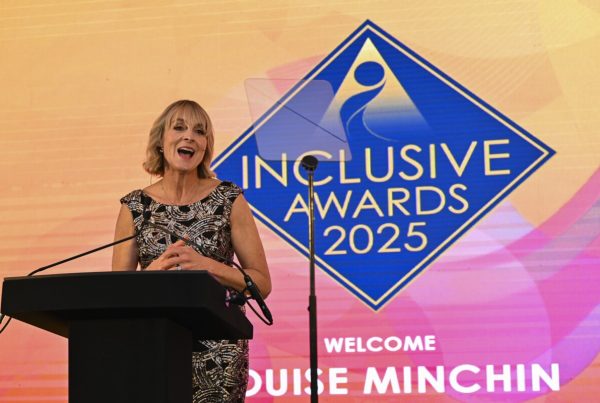As we deal with another lockdown, employees need a pick me up. This makes it the perfect time for businesses to have a reset when it comes to motivating their staff in 2021. Only 32% of employees believe that their current workplace benefits are appropriate for working at home and over half (54%) believe they need changing. These findings are from Techscheme by Blackhawk Network�s latest research which explored the workplace benefits employees actually want from their employers.
Money is tight, and it�s likely Christmas bonuses this year will be scrapped. But this doesn�t mean employers can�t reward their workforce. Whilst many businesses have focused on keeping afloat in 2020, it has come at a high cost, with almost a third of employees (29%) feeling unsupported. But, looking ahead to 2021 employers need to make changes in order to boost morale and keep staff motivated.
What do employees want?
Fuelled by laptops crashing and Wi-Fi cutting out during important work meetings, issues with technology is the second biggest frustration when working from home this year (29%), pipped to first place by the lack of face to face communication with colleagues (41%). Employees need new technology to survive working from home in 2021. In fact, for 33% of employees, having better technology is more important than going on holiday next year, along with having a gym membership (47%) or going to restaurants (38%). Despite this need from employees, 50% believe the biggest restriction to buying new technology is the price. Leaving employees likely feeling like there is little solution to their technology woes.
Other key stats from the research include:
- Only 37% of women employees recall getting a Christmas gift or bonus in the past, compared to 46% of men, and women are also less likely to receive workplace benefits
- In previous years, 26% of Gen Zs were given a day off work for Christmas by employers, compared to just 7% of boomers. This shows the ways different generations want to be rewarded and highlights why rewards and benefits should be tailored
- Millennials have struggled most out of all ages to manage child care since working from home
- A quarter of respondents think their next big tech purchase will be a smartphone, while 19% plan to buy a laptop
Chris Ronald, VP EMEA, Incentives & Benefits:
�2020 has presented a range of issues that will be most testing for the careers of today�s business leaders and managers. Whilst risk mitigation and contingency plans will be acted on and employers will manage change, there will also be an inevitable sense of not being in total control of the new ways of working and employee expectations. With every penny being scrutinised, employers need to have robust business cases and an ROI justification for all expenditure. With employees taking a closer look at the value and relevance of their benefits packages, it is time for employers to take a step back and be realistic that driving engagement and loyalty from a remote workforce is tough – and isn�t going to get easier anytime soon. Take time to review what you offer, be creative and mix it up to enter 2021 with a commitment to re-energise and reconnect with your teams.�
Finding Employee Priorities That Match Business Priorities
Peter Ryding, Founder of the HRD PathFinder Club, suggests that HRDs approach improved benefits offerings from a financial perspective when presenting them to the board, and to look for solutions that deliver benefits for both the business and the employee.� Peter says:
“COVID 19 has raised the profile of the HRD more than at any time in history,� �but if they are to be heard above the competing voices in the boardroom, they need to think and speak in ways that their CEO understands and appreciates fast. Solutions which involve investing in people, such as coaching and leadership development, or remote working tools which can bring benefits to both the business and the employee.
“It’s also a good time to look at the add-on benefits you have tucked away in your EAP, that you pay for already but haven’t necessarily communicated to employees, such as healthcare telephone support lines that could deliver much-needed help at this time. When budgets are tight, finding the win/win and communicating it effectively is essential.”




